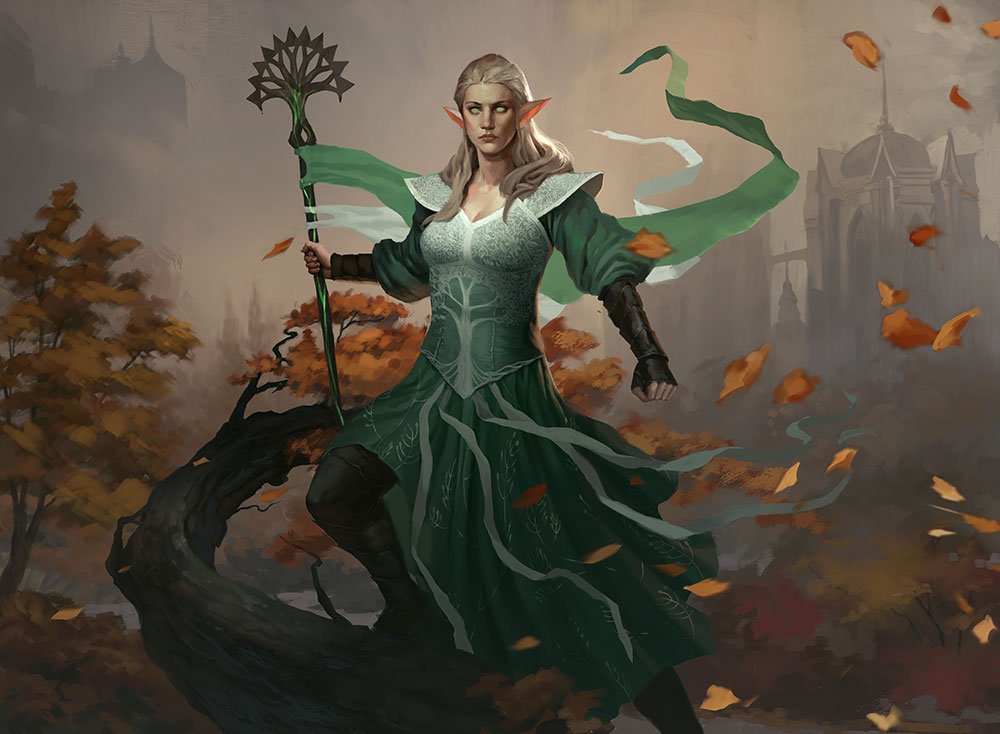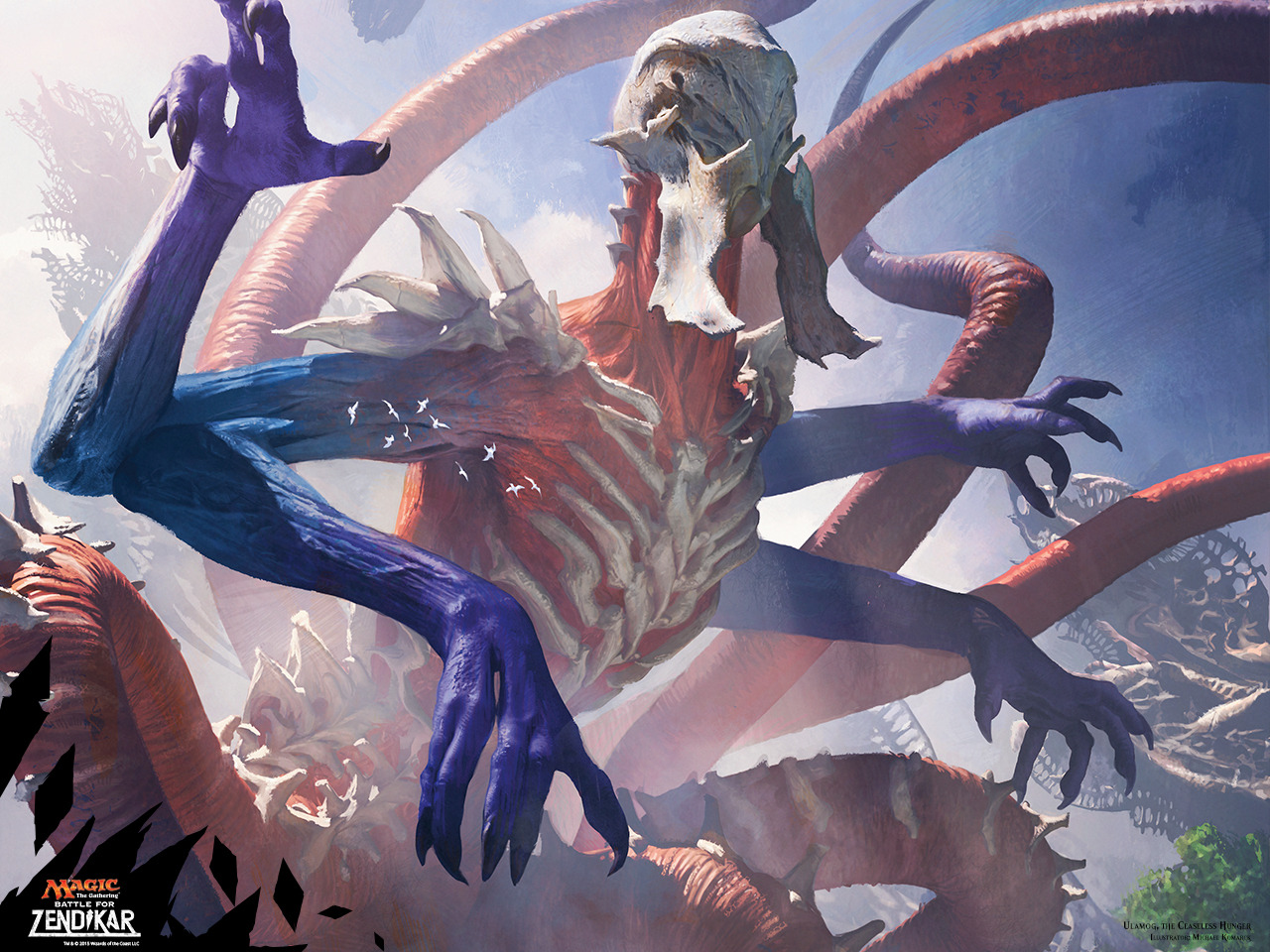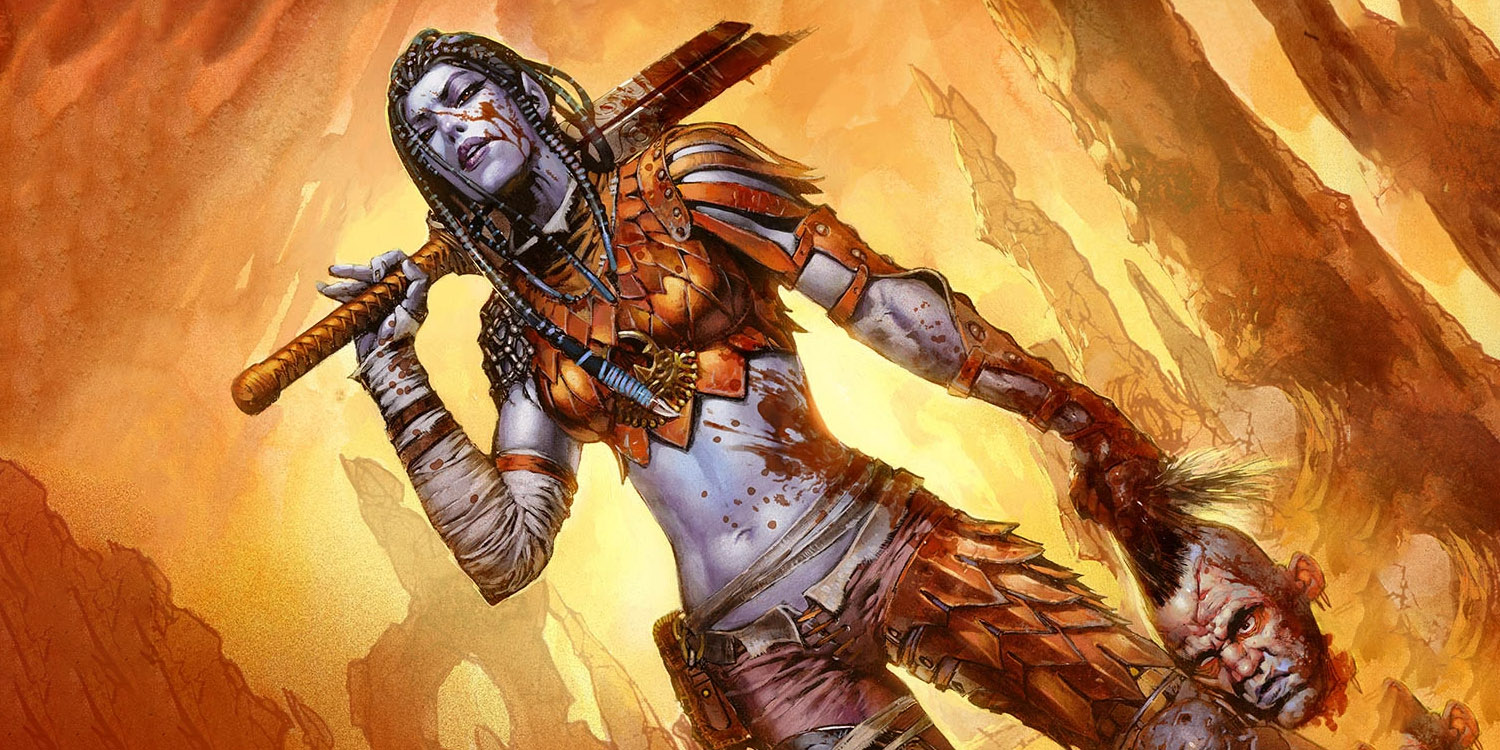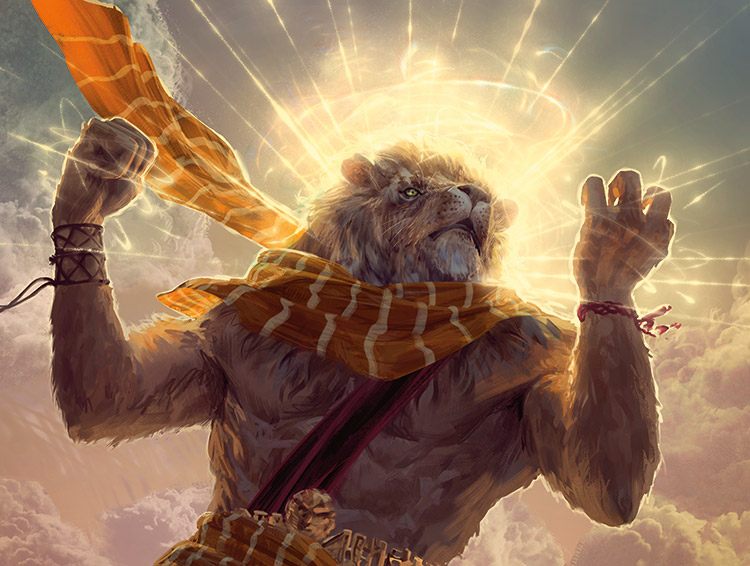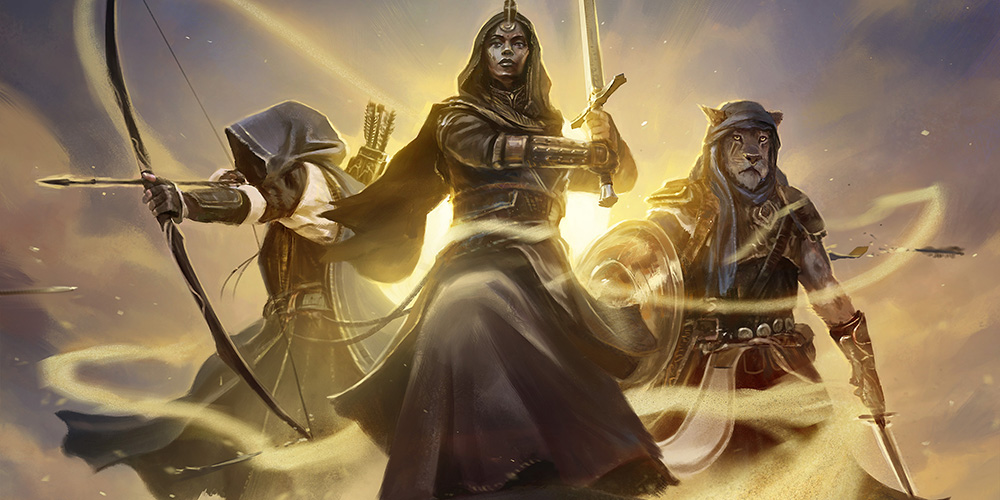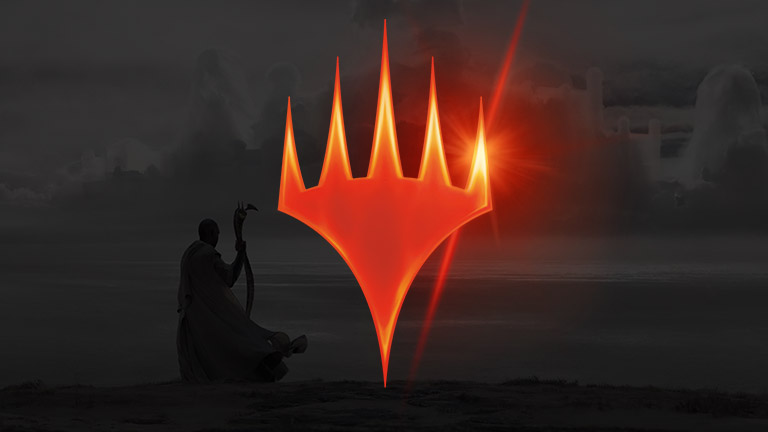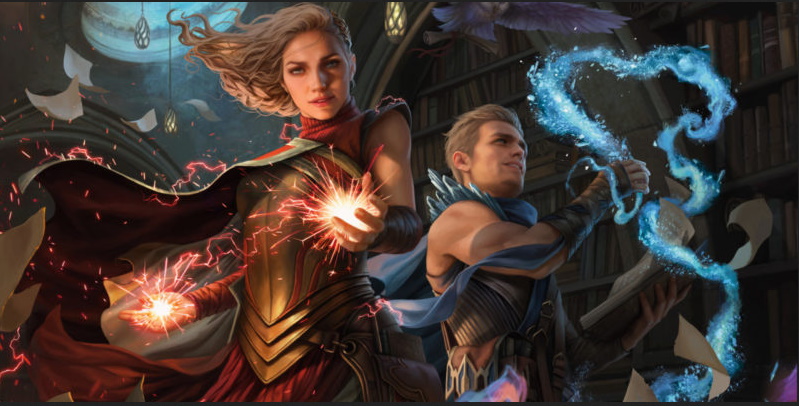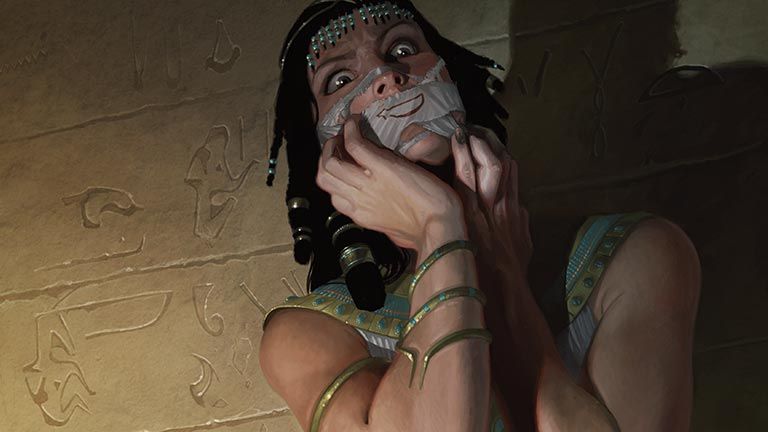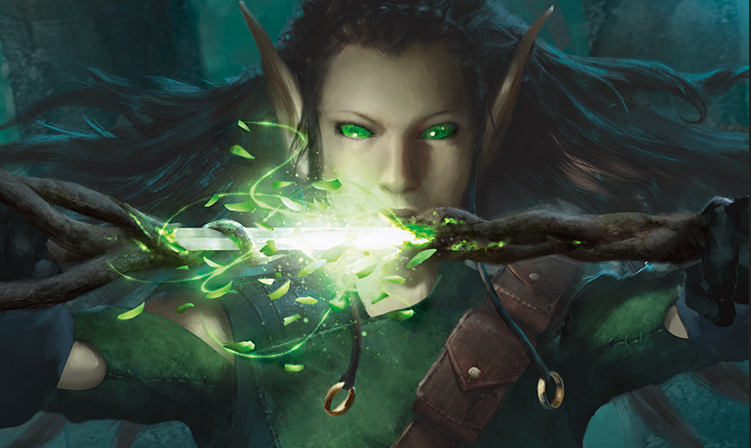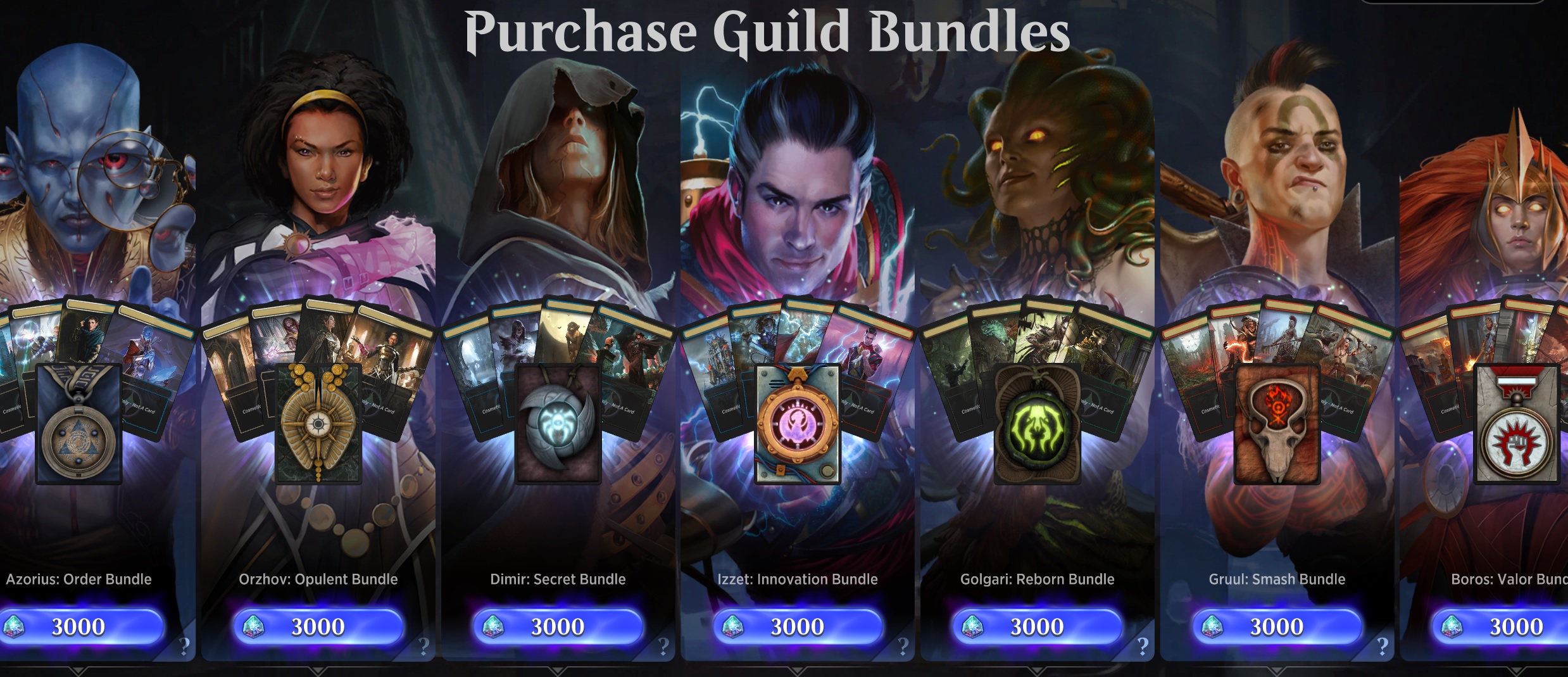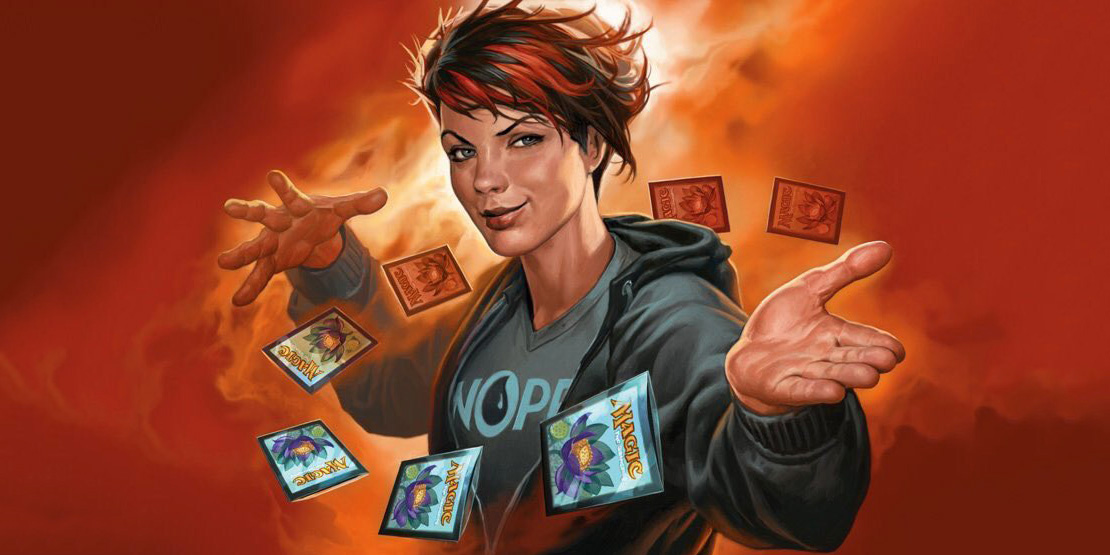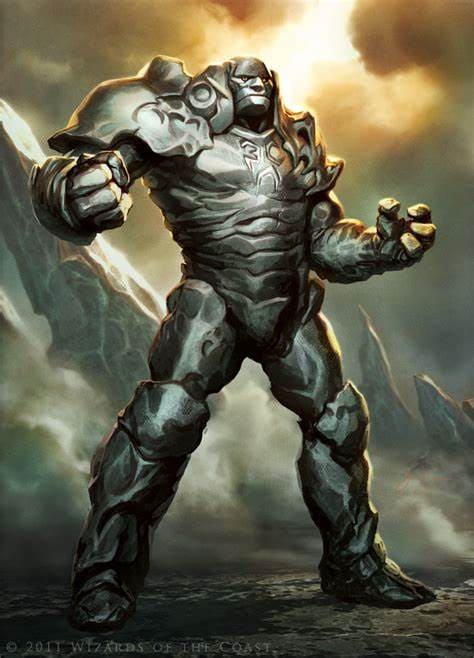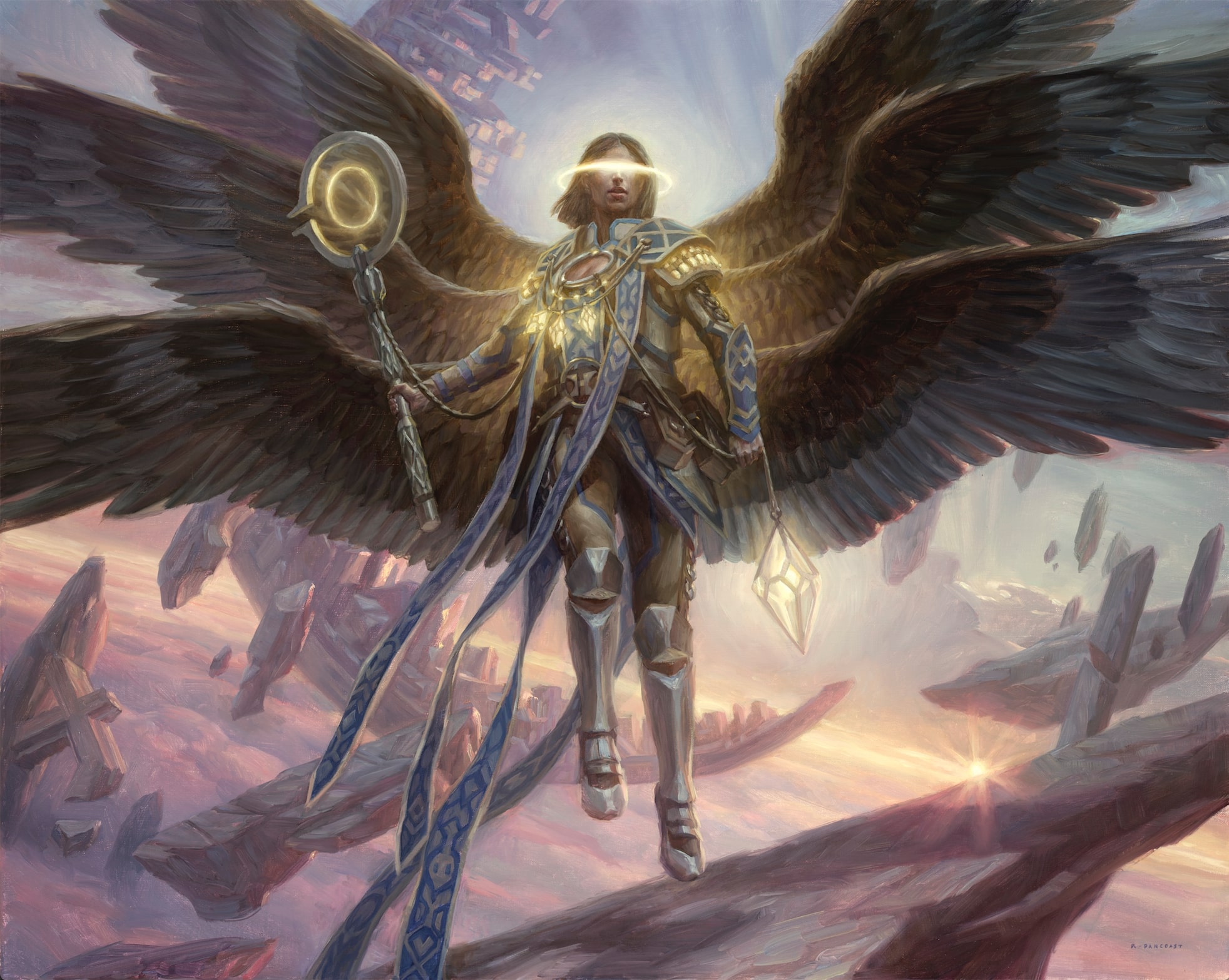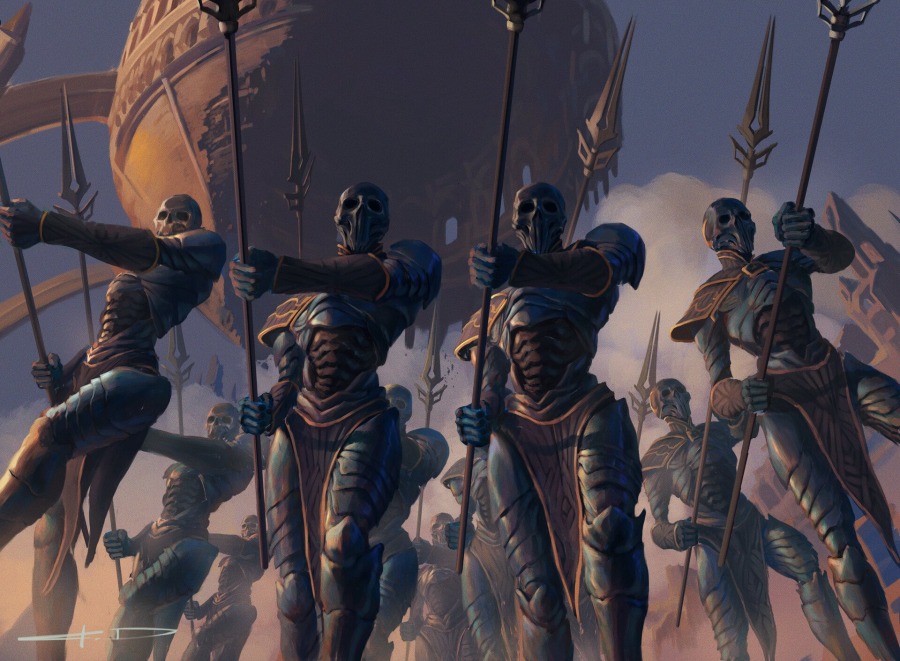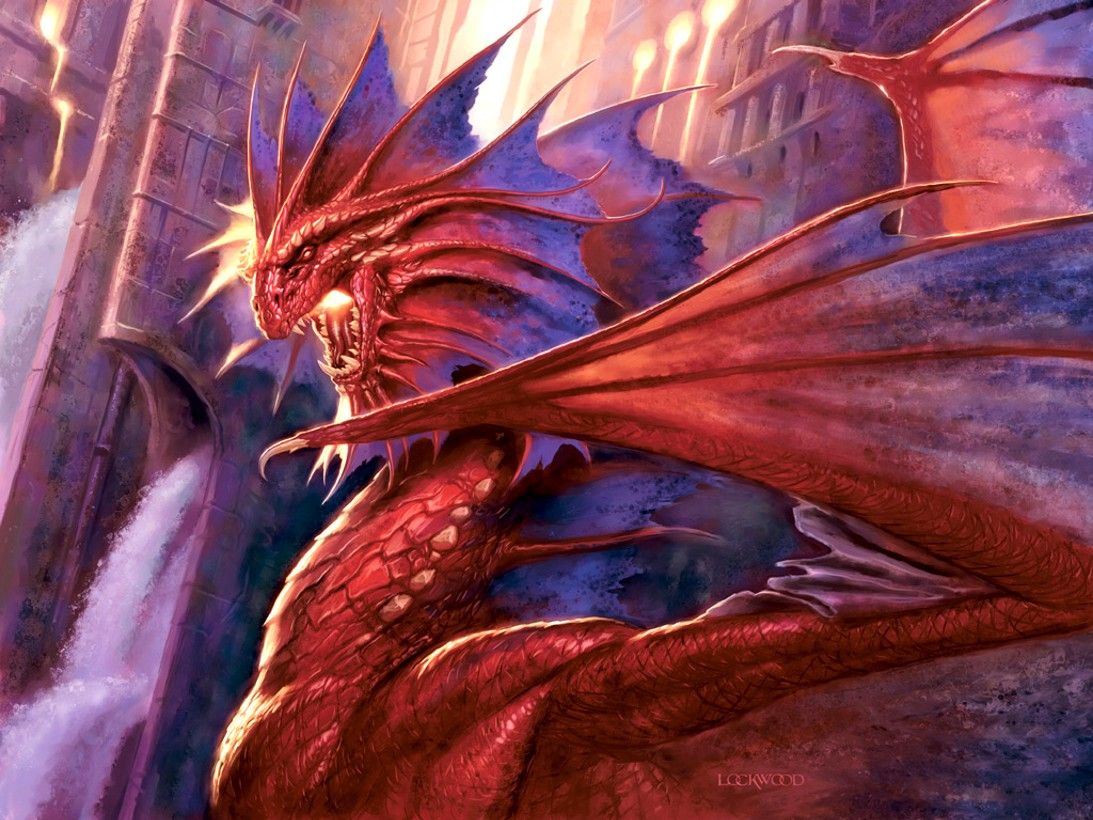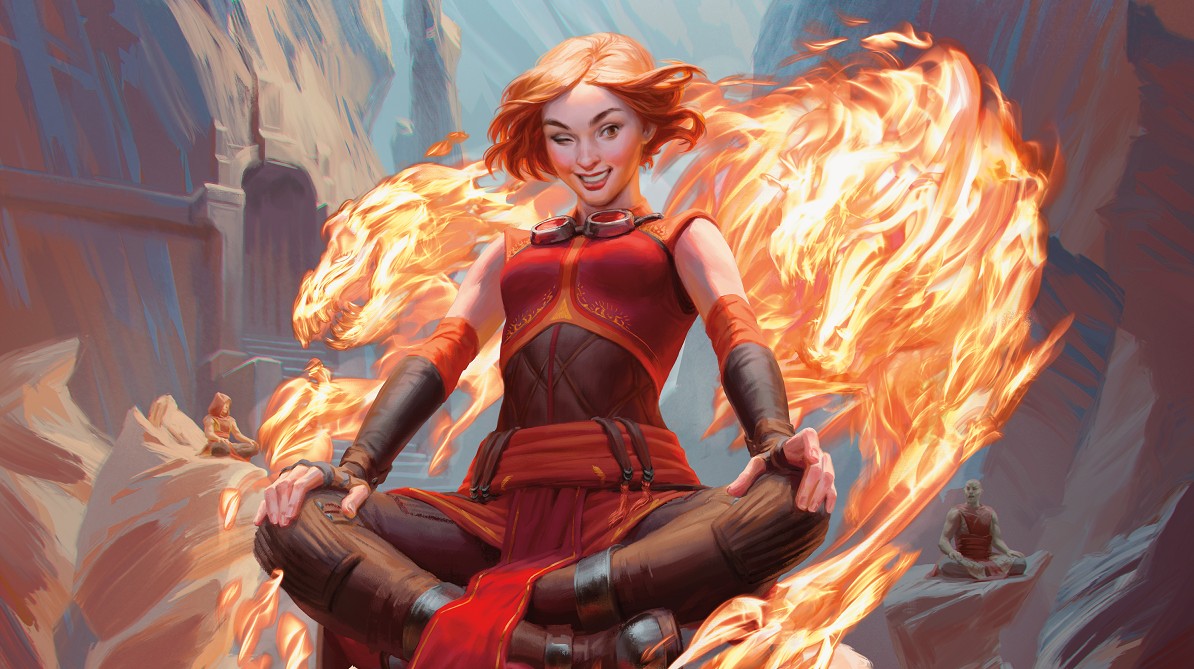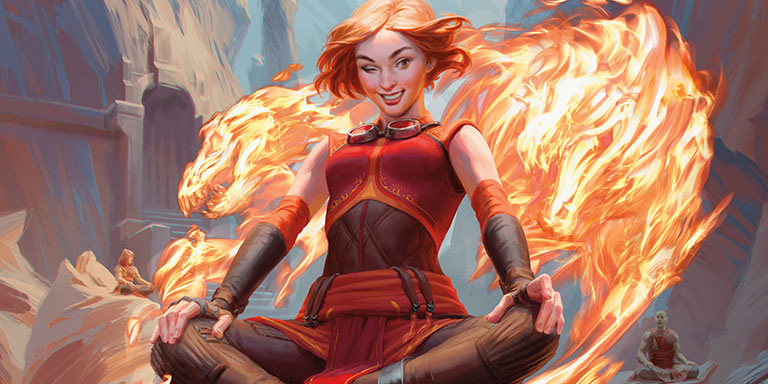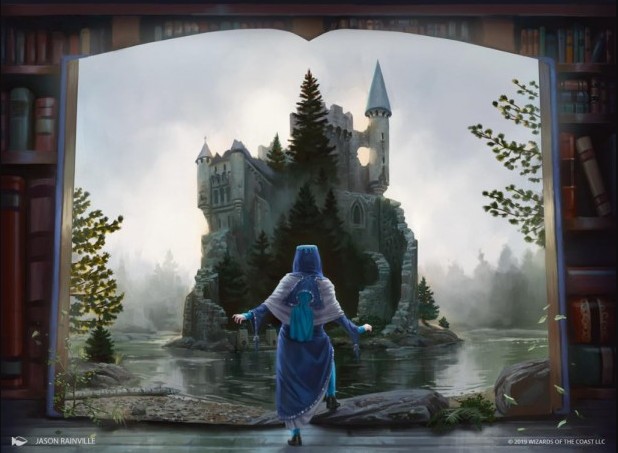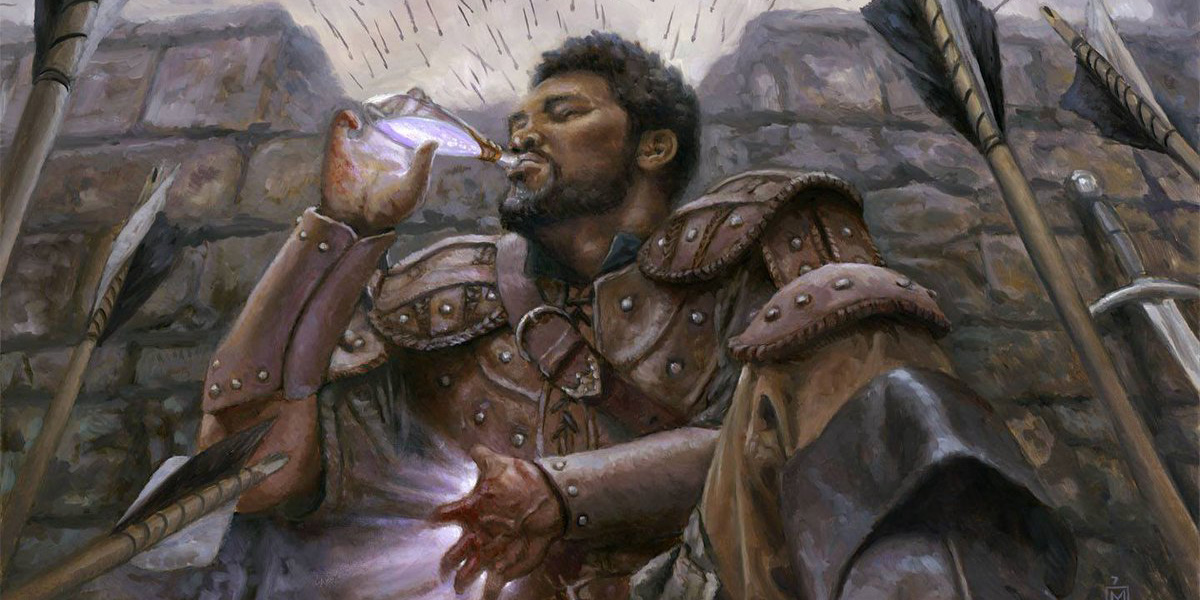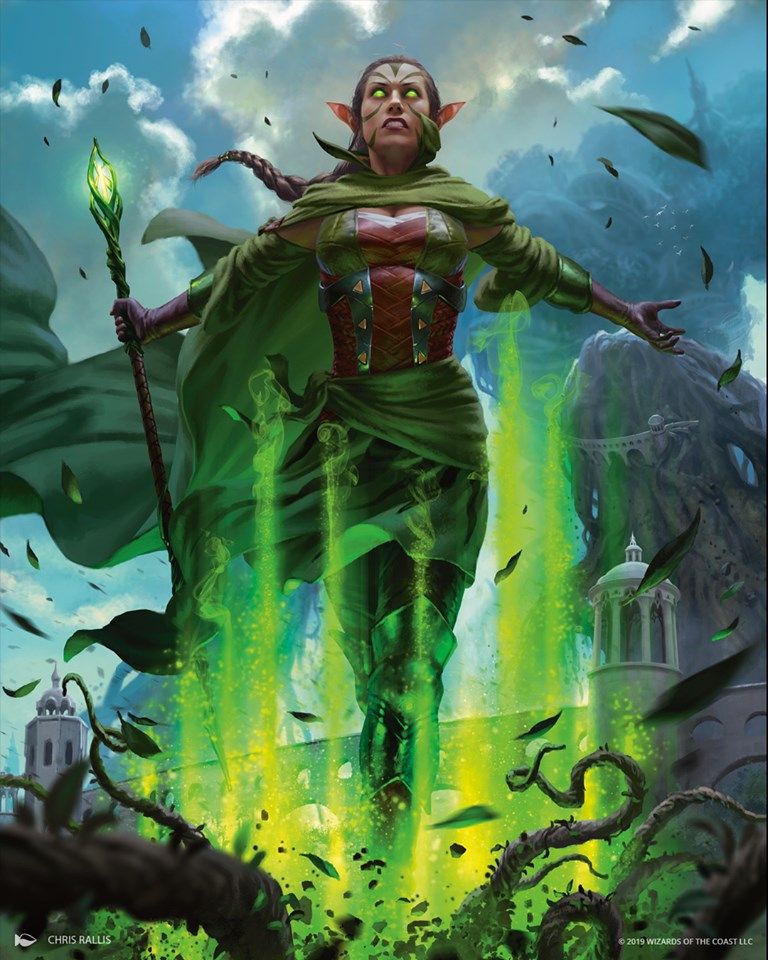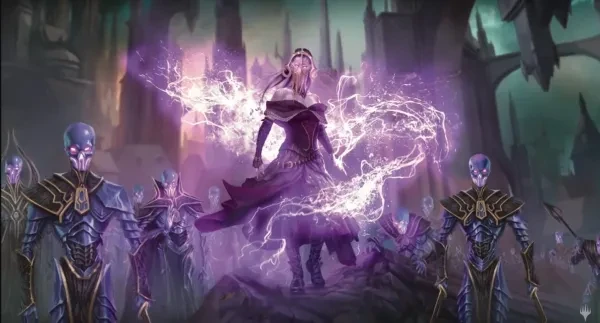
What are the best Black decks doing? What cards fit into those decks?
In Magic, Black is the color that represents gaining power at any cost. Players who build and pilot black-heavy decks can expect to enjoy the fruits of their creature’s sacrifices while using their murderous powers to bring all of their opponents down. If that sounds like the life for you then Arena has plenty of black decks to choose from.
These are the winning black decks in the game now.
5. Mono-Black Epicure
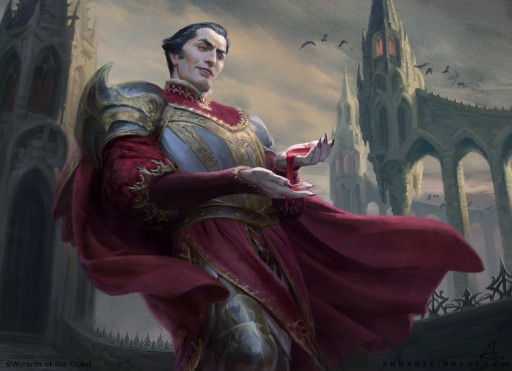
You would think he would just drink the blood instead of using it as a slinky.
As made popular by MONO BLACK MAGIC, Mono-Black Epicure takes its name from the card Epicure of Blood. The point of the deck is to gain life as often as possible so you can ping your opponent to death through Epicure. When in doubt, you have Sorin, Imperious Brood Lord and a Vampire subtheme to rely on.
What is great about this deck
- Fairly consistent
- Deathtouch, cheap creatures, life gain, and recurrable blockers deter aggro
- This deck plays out almost like the black version of a Red Burn deck
How This Deck is Played
- Turn 1 - 2, you want to play any of your one-drop creatures.
- Knight of the Ebon Legion is one of the best early plays you can make. Its 1/2 body stops early aggression from 1/1s, and it becomes a large threat on Turn 3.
- Vampire of the Diremoon is a good play against decks that are trying to ramp into large creatures. Once Epicure is on the board, Diremoon can be a tool to help get another trigger of damage by attacking. If your opponent blocks, then they will lose their creature to Deathtouch and you’ll gain a life (triggering Epicure). Diremoon isn’t the best play if you’re up against a deck that will swarm you with 1/1s.
- Cauldron Familiar is a good standby in most situations. The Familiar can act as a blocker, it can be recurred, and an early Cauldron Familiar allows you to get a Witch’s Oven out next turn and start the life gain/loss engine.
- You could also play Witch’s Oven here, but I recommend only doing this against slower decks that don’t play early threats.
- Turn 3, ideally, you want to have Ayara onto the board. If you’ve played Cauldron Familiar and Witch’s Oven in previous turns, you can start draining your opponents of life at a faster rate.
- If Knight of the Ebon Legion or Vampire of the Diremoon are on the board, you can also use Sorin, Imperius Broodlord to buff them into threats. This will also force your opponent to figure out an answer for Sorin and your growing vampires otherwise you will run away with the game.
- Midnight Reaper isn’t a bad play here since it will give you card draw for trading away Deathtouch creatures or from looping Cauldron Familiar. Ayara can also help you with this by sacrificing other creatures.
- Turn 4, this turn is important against aggro decks since you can drop Revenge of the Ravens. While you won’t gain life from that enchantment, this makes you immortal against any army of 1/1 creatures. Against Cavalcade decks, this enchantment is almost a death sentence.
- Turn 5, start dropping Epicure of Bloods onto the board. Once they’re on the board, you can start stacking as many life loss triggers and life gain triggers as you can. With Witch’s Oven and Sorin, you can sacrifice your own creatures for triggers on these abilities as well.
Cards
4 Castle Locthwain (ELD) 241
4 Knight of the Ebon Legion (M20) 105
18 Swamp (ELD) 261
3 Ayara, First of Locthwain (ELD) 75
3 Midnight Reaper (GRN) 77
4 Murderous Rider (ELD) 97
4 Epicure of Blood (M19) 95
4 Cauldron Familiar (ELD) 81
4 Vampire of the Dire Moon (M20) 120
4 Sorin, Imperious Bloodlord (M20) 115
4 Revenge of Ravens (ELD) 104
2 Witch's Cottage (ELD) 249
2 Witch's Oven (ELD) 237
4. Deathtouch Tribal
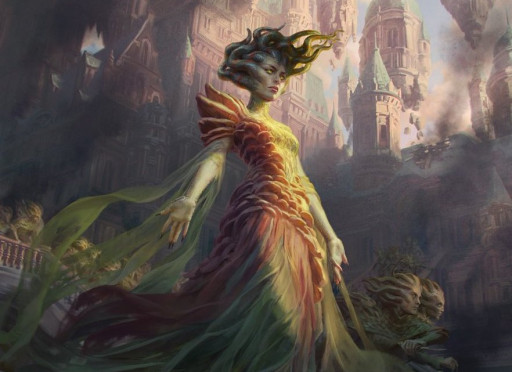
Vraska, Queen of the Golgari and of Deathtouch creatures.
As made popular by MTG Arena Original Decks, this deck features a large number of Deathtouch creatures. This deck does a fantastic job of stalling opponents and then setting up card draw through Moldervine Reclamation and The Great Henge. Once everything is in place, you want to put Garruk, Vivien, or Vraska on the board to create an insurmountable advantage.
What is great about this deck
- Most of the creatures have Deathtouch, so you can easily stall with them
- Plenty of ways to grow your creatures into huge threats
- Some recursion just in case you need creatures back
How This Deck is Played
- Turn 1 - 3, you’ll want to put early creatures onto the board. Your first plan should be to put down mana ramp creatures. But if you’re up against a deck with large creatures, you should opt to play any Deathtouch creatures to slow them down.
- When you’ve hit 3 mana, you want to get Moldervine Reclamation so you can get a draw engine going.
- Once you have enough Deathtouch creatures, you can start putting down planeswalkers and growing your creatures. If your opponent tries to attack you then you can trade away some Deathtouch creatures to gain life and draw cards.
- Vraska can help you flood the board with more Deathtouch creatures and buff your already existing creatures. This also puts your opponent in a tough situation: either they trade away a creature or they let your creatures grow stronger.
- Vivien’s +1 can buff your creatures, while her -3 will act as hard removal if you use it with a Deathtouch creature.
- Whenever it’s affordable, play The Great Henge to create buffed Deathtouch creatures and continue drawing cards. The ramp is nice, but being able to draw by playing your creatures is amazing value.
- Once Garruk is on the board, you can create wolves and remove your opponent’s creatures. If your opponent doesn’t answer Garruk, then you can gain an emblem that permanently buffs all of your creatures.
Cards
6 Swamp (RIX) 194
4 Leyline Prowler (WAR) 202
4 Foulmire Knight (ELD) 90
4 Paradise Druid (WAR) 171
2 Karn's Bastion (WAR) 248
1 Loaming Shaman (M20) 180
4 Vampire of the Dire Moon (M20) 120
3 Moldervine Reclamation (M20) 214
4 Overgrown Tomb (GRN) 253
3 Sedge Scorpion (M20) 192
3 Vraska, Swarm's Eminence (WAR) 236
3 Vivien, Arkbow Ranger (M20) 199
2 The Great Henge (ELD) 161
8 Forest (RIX) 196
4 Fabled Passage (ELD) 244
3 Find // Finality (GRN) 225
2 Garruk, Cursed Huntsman (ELD) 191
3. Embercleave Regisaur
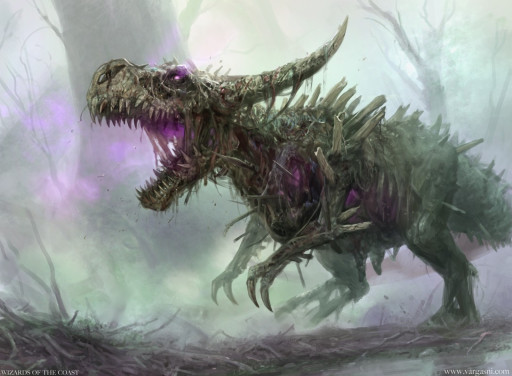
As featured by MONO BLACK GAMING and played in the Mythic Invitational by Ken Yukuhiro. Embercleave Regisaur gets its name from the two eponymous cards - Embercleave and Rotting Regisaur. While the deck features a Knight tribal theme, Regisaur works as a giant body you can equip Embercleave to and swing for 16 total damage.
What is great about this deck
- Two ways to win - knight tribal, or Regisaur and Embercleave.
- Can be crazy fast
- Demands immediate answers to keep this deck down
How This Deck is Played
- Turns 1-2, play Fervent Champion or Knight of the Ebon Legion. In these early turns, this deck wants to get as many creatures as it can on the board so it can make Embercleave cheaper.
- The second reason why you would want to flood the board with creatures is you need to only deal 4 damage in total (assuming no life gain) before you swing with Embercleave and Regisaur for lethal.
- Blacklance Paragon can work well as a combat trick in case you need to remove threats on the board.
- Inspiring Veteran can help buff your side of the board and also create threats without the need for you to risk Regisaur.
- Turn 3, ideally you play Rotting Regisaur. This will hopefully set you up for a Turn 4 Embercleave. But while this kind of play would be great in a perfect world, this isn’t going to always be the most realistic play.
- If you’re up against another black deck, make sure you create another threat first. Use Inspiring Veteran and Steelclaw Lance to create a decent-sized threat that can draw hate away from Regisaur. Once you’ve forced your opponent into using the removal in their hand, you should be free to play Regisaur and Embercleave with little fear.
- If you’re up against another black deck, make sure you create another threat first. Use Inspiring Veteran and Steelclaw Lance to create a decent-sized threat that can draw hate away from Regisaur. Once you’ve forced your opponent into using the removal in their hand, you should be free to play Regisaur and Embercleave with little fear.
- Acclaimed Contender can help you find either more knights or Embercleave. This is great if you need to dig for threats or if you just need to search for your win con.
Cards
4 Fervent Champion (ELD) 124
4 Acclaimed Contender (ELD) 1
4 Rimrock Knight (ELD) 137
4 Blacklance Paragon (ELD) 79
4 Inspiring Veteran (ELD) 194
4 Knight of the Ebon Legion (M20) 105
4 Rotting Regisaur (M20) 111
4 Steelclaw Lance (ELD) 202
4 Embercleave (ELD) 120
5 Mountain (XLN) 273
3 Swamp (XLN) 269
4 Blood Crypt (RNA) 245
4 Sacred Foundry (GRN) 254
4 Tournament Grounds (ELD) 248
4 Godless Shrine (RNA) 248
2. Rakdos Sacrifice

Judith, looking good while sacrificing all of her friends for funsies.
As shown by SentiensLair, Rakdos Sacrifice wants to play creatures onto the board and then sacrifice them to deal damage. This deck offers a great way to flood the board with creatures, then finish the game in a way that most decks will struggle to interact with.
What is great about this deck
- Heavy board presence that lends itself to multiple plans
- Sacrificing creatures for damage is hard to stop or interact with
- Flexible lines through plenty of control and draw options
How This Deck is Played
- Turns 1-2, you want to play creatures and flood the board to the best of your ability. Most of your creatures are cheap and come out with either haste or offer utility later in the game. Cauldron Familiar is a great sacrifice target for Ayara and Witch’s Oven. It’s best to play this card with a Witch’s Oven on the same turn. This way you can use Familiar as a blocker and start its recursion loop.
- Gutterbones is a recurrable sacrifice target that can also act as a great blocker on Turn 2. Luckily, doing damage isn’t a huge challenge for this deck, so Gutterbones makes a great Turn 1 or Turn 2 play because of how expendable he is.
- Dreadhorde Butcher is best to play into a board that’s empty, that way you can attack, get a counter on Butcher, then either grow it more or sacrifice it for more damage.
- Turn 3 or 4, play Ayara or Judith.
- What makes Ayara wonderful in this deck is that she is one of your sacrifice engines next to Witch’s Oven. Ayara however, also gets you draw which this deck can desperately need sometimes. This is the better play if you need a sacrifice/life loss engine as soon as possible.
- Judith will buff the offensive power of your entire board, making your horde of creatures that much more effective. But more importantly, if you played Judith after Ayara or Witch’s Oven, then you can start sacrificing your creatures for more damage triggers through Judith.
- Don’t forget to use Light Up The Stage to keep your hand healthy. It may not be a bad idea to pair this with Heartfire. This way you can get a sacrifice trigger, damage on your opponent, and then extra cards.
- Once Judith and a sacrifice engine are online, you can play Mayhem Devil to create even more damage triggers by sacrificing your creatures.
Cards
3 Mayhem Devil (WAR) 204
4 Castle Embereth (ELD) 239
1 Castle Locthwain (ELD) 241
4 Witch's Oven (ELD) 237
4 Cauldron Familiar (ELD) 81
3 Light Up the Stage (RNA) 107
2 Angrath's Rampage (WAR) 185
2 Bedevil (RNA) 157
3 Murderous Rider (ELD) 97
4 Dreadhorde Butcher (WAR) 194
3 Gutterbones (RNA) 76
4 Blood Crypt (RNA) 245
7 Swamp (M20) 270
3 Judith, the Scourge Diva (RNA) 185
6 Mountain (ANA) 64
4 Ayara, First of Locthwain (ELD) 75
3 Heartfire (WAR) 131
1. Mono-Black Synergy
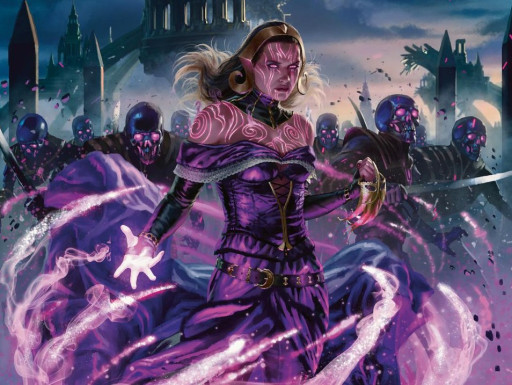
As always, Liliana is one of the best black cards around.
As shown by MONO BLACK GAMING, this deck is a powerhouse. It runs a little bit of everything from the previous lists while also keeping some very strong control strategies alive. In general, this deck wants to establish a board then grind out your opponent’s life total through strong synergistic combos.
What is Great About This Deck
- Strong enders in Lilliana and Cavalier of Night
- Plenty of sacrifice and draw engines to keep hand advantage
- Combat isn’t important since you can just keep your creatures around to block and then sacrifice them for different effects (especially if Ayara is around)
How This Deck is Played
- Turns 1, you want to establish a board and get your sacrifice game going as soon as possible. Cauldron Familiar is always a solid play, but if you’re up against a deck that will struggle to get artifact removal going (like blue or black) then you can play Witch’s Oven. Just be careful cause you only have one copy of Witch’s Oven in this deck.
- Turn 2, if you played a Cauldron Familiar on Turn 1, then Priest of the Forgotten Gods becomes a wonderful play here. This way you can start sacrificing on turn 3 if you play another creature.
- If you didn’t play a creature on Turn 1, then play Yarok’s Fenlurker. This will force your opponent to discard an option they may have wanted to keep for later and gives you a pretty decent creature.
- Dreadhorde invasion isn’t a bad play here, but it’s also not the best. If you need the repeatable sacrifice creature for Priest of the Forgotten Gods, then this is great. Plus, playing it early means more time for your Zombie Army to grow. However, be aware that you’ll have to start digging for a source of life gain to keep yourself going.
- Turn 3, you could play another Familiar or another Fenlurker then sacrifice both to Priest of the Forgotten Gods. Your opponent now has to sacrifice a creature, you draw card, and you gain 2 floating black mana to play something else. This is a great line to take if you want to get rid of a creature on your opponent’s side and you have something to do with the 2 floating mana.
- If you haven’t set up Priest of the Forgotten Gods or if your opponent doesn’t have any large threats on their side of the board, then play Ayara to get your life gain/sacrifice engine running.
- Midnight Reaper is the next best option if you need more card draw, but since it’s pretty early in the game, you could also just play him for the 3/2 body. Be careful, since his card draw also comes at the expense of your life.
- Keep Murderous Rider around for the removal spell. You don’t want to play him for the creature unless you’re in an emergency situation and need the body.
- Turn 4, you want to use this turn to set up for Cavalier of Night. If you have three disposable creatures on the board (like three Familiars) and Priest of the Forgotten Gods, then you can sacrifice two creatures to generate two floating mana and then play Cavalier of Knight or Lilliana. This is a crazy fast way to get these bombs on the board, but be aware that they require some hefty sacrifices to get them out this fast.
- If you want to go a bit slower, play Fenlurker, Ayara, Midnight Reaper, another Cauldron Familiar or Dreadhorde Invasion. This will help set up your Cavalier of Knight turn so you can destroy a creature and get a big body on the board for Turn 5.
- Turn 5, either use Priest of the Forgotten Gods to ramp into Lilliana or just play Cavalier of Night. Remember, if Midnight Reaper or Lilliana is on the board, then either of those sacrifice engines will draw you cards, so you can refill your hand pretty easily this turn.
- Turn 6, you want to figure out how to close the game by this time. Remember, Cauldron Familiar and a Witch’s Oven means you can keep recurring Cauldron Familiar once per turn. This can help block non-trample creatures and grind your opponent’s life total to 0. Ayara can help speed this process along, and any of your sacrifice/draw engines will keep your game going for as long as you need it to.
- If you ever need recursion, Witch’s Cottage can get a creature back to the top of your deck so you can draw it.
- Castle Locthwain is another way to draw cards when you need it. This is best used when you can also gain enough life to make up for the life loss.
Cards
4 Castle Locthwain (ELD) 241
4 Witch's Cottage (ELD) 249
1 Dreadhorde Invasion (WAR) 86
18 Swamp (ELD) 261
4 Priest of Forgotten Gods (RNA) 83
4 Yarok's Fenlurker (M20) 123
4 Ayara, First of Locthwain (ELD) 75
4 Midnight Reaper (GRN) 77
4 Murderous Rider (ELD) 97
1 Witch's Oven (ELD) 237
4 Cauldron Familiar (ELD) 81
4 Liliana, Dreadhorde General (WAR) 97
4 Cavalier of Night (M20) 94
You may also be interested in:


